Electronic
Monitoring
What you need to know
1
2
What’s in this booklet
Important contact information
4
Introduction
5
What the equipment looks like
6
How to charge and when
7
Taking care of your equipment
8
If you are on Electronically Monitored Bail (EM Bail)
9
Bail Support Services
10
If you are on a community based sentence or order
11
Frequently asked questions
13
3
Important contact information
Probation officer contact information
Name:
Number:
Service centre address:
Bail support officer contact information
Name:
Number:
Contact details for people on EM Bail
National Operations 24/7 -
0800 362 245 or
[email address]
After hours assistance numbers
• For people on Parole or Extended Supervision call
0800 678 999
• For people on Community Detention, Home Detention, Intensive
Supervision or Release Conditions call
0800 555 677
4
Introduction
The Court or New Zealand Parole Board has imposed an electronic
monitoring (EM) condition as part of your sentence or order. This means you
will need to wear an electronic monitoring tracker 24 hours a day, 7 days a
week. A beacon will also need to be installed at your home. The beacon needs
to be plugged in because it tells Corrections when your tracker is at home
and helps it save battery.
This booklet gives you information about electronic monitoring. It is important
you understand what this means for you so that you can complete your
sentence or order successfully.
5

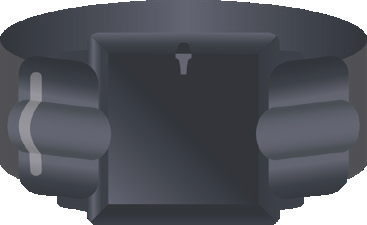

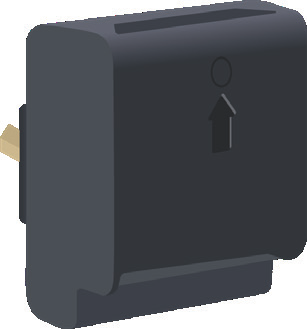
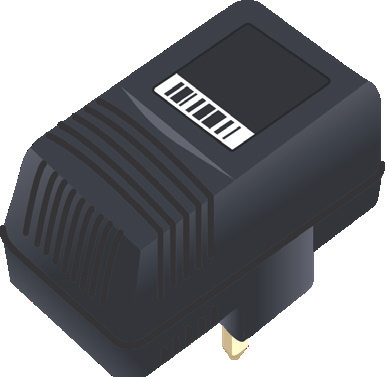


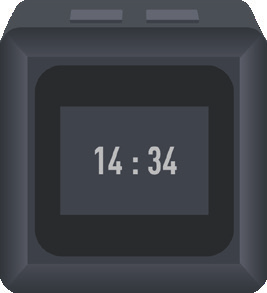 What the equipment looks like
On Body
Smart Tag
Charger (OBC)
What the equipment looks like
On Body
Smart Tag
Charger (OBC)
The tracker
This device
which is
charges the
fitted around
battery of your
your ankle
tracker
Charging Dock
This should always be plugged into the wall. To charge the
OBC you need to place the OBC on the charging dock.
Handy hint!
Keep the OBC on the wall charger and only take it off when you need to
charge your tracker.
You will be given one of the below beacons:
These should always be plugged in at the wall.
RF Beacon
Smart
Beacon
6
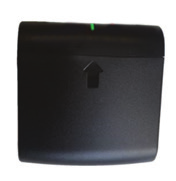
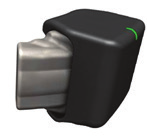 How to charge and when
Remember to charge your tracker for two hours every day.
When to charge
Handy hint!
How to charge and when
Remember to charge your tracker for two hours every day.
When to charge
Handy hint!
Charge your tracker at the
same time every day so you don’t forget!
Write a time that is best for you:
(e.g. I will start charging my tracker when I brush my teeth)
• The tracker will vibrate when the battery is getting low. You should charge
your tracker when you feel it vibrating.
• You may get a call or a text with a reminder to charge your tracker if the
battery gets low.
LED
How to charge
1. Clip the OBC onto the tracker. Make sure the
arrow is pointing up.
2. Leave it attached to the tracker for two hours.
3. When charging is complete, take off the OBC
and place it back on the charging dock so it is
ready to be used next time.
Blinking LED
What the lights on the OBC mean
• Slow blink (not clipped on to tracker):
charger is ready for use.
• Fast blink: charger is charging on dock.
• Solid Light (on dock): fully charged.
• Pulsing light (clipped on to tracker): charging
the tracker.
7
Taking care of your equipment
Make sure to look after the equipment. If you lose or damage it, you could be
required to pay for the loss or damage.
Handy tips to take care of your equipment
• Keep the equipment the way you got it.
• Charge for two hours everyday.
• Keep your OBC charging on the wall dock when not in use.
• Keep the home beacon plugged in all the time, keep it in the same place
and don’t cover it.
• Remove the OBC before showering, bathing or swimming.
Checking your equipment
• You may also be visited by field officers who will install, maintain and
check the equipment.
• While you are wearing a tracker, your residence must be accessible to any
authorised person, including field officers, Police and probation officers, at
all times.
• If your probation officer or a field officer is coming to your address, please
put away any animals (no matter how big or small) during their visit.
Activities
There are some activities that are not suitable for you to take part in while you
are wearing a tracker because you may hurt yourself or others, or damage
the equipment.
If you are thinking about taking part in a contact sport (e.g. boxing,
rugby, football, kickboxing), water sports (e.g. swimming, diving,
surfing etc.) then you should talk to your probation officer or
National Operations.
If you require any scans, x-rays or surgery you will need to speak
to your probation officer or National Operations. Arrangements
may be required to temporarily remove your tracker for the
medical appointment.
8
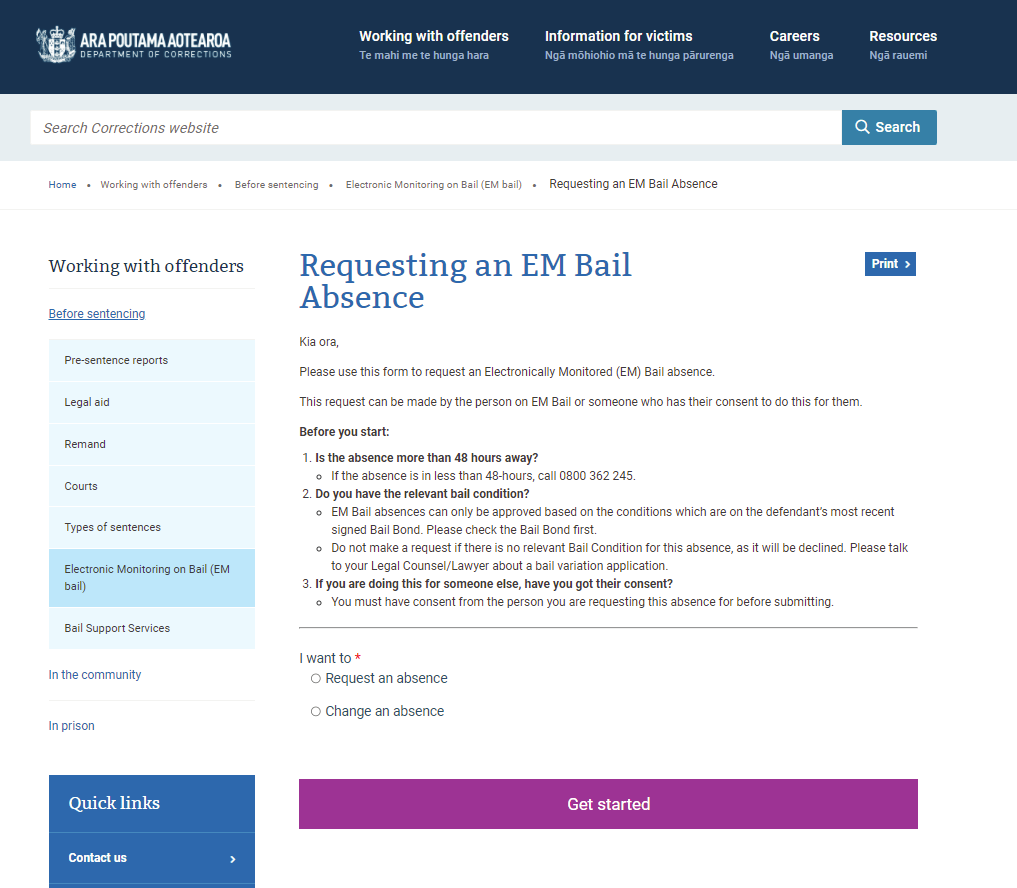 If you are on Electronically
If you are on Electronically
Monitored Bail (EM Bail)
Induction
A probation officer or bail support officer will explain the requirements of EM
to you at the beginning of your order.
National Operations are available 24 hours a day, 7 days a week and oversee
all aspects of EM Bail. They will:
• consider and respond to any absence requests you may have
• answer any questions you may have about EM
• give advice and support to anyone sharing your home
• check that you are doing what you need to.
Contact details
How to request an
National Operations 24/7
absence
Before an absence can be
0800 362 245
approved, you will need
to have a condition which
[email address]
allows for the absence on
your bail bond.
You will need to give 48
hours notice and give details
for where you want to go,
when you want to go, how
long would like to go for
and the contact details for
anyone who plans to go with
you.
Visit the Corrections website
(
www.corrections.govt.nz)
and search for ‘requesting
an EM Bail absence’.
9
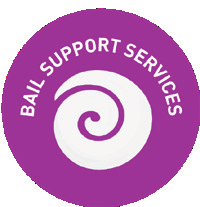 Bail Support Services
Bail Support Services
Bail Support Services (BSS) is a voluntary service that can give you support
when applying or seeking to maintain bail or EM Bail. This service can be
accessed in courts, prisons, and the community. If bail or EM Bail is granted,
Bail Support Officers can then offer you support in the community by
connecting you with services to meet any social needs you may have.
This kind of support includes helping you make a bail application, building a
plan to help you achieve your goals and aspirations, using support services
and frequent kōrero around how your Bail Support Officer can further guide
you to be successful on bail. When your time on bail ends, your Bail Support
Officer will then tell the judge about all of the things you have achieved whilst
on bail to help you continue on a positive path.
How to use this service?
Speak to the National Operations team, your lawyer or contact:
Kaitaia District Court
Kaitaia Community Corrections – 09 408 6020
Waitakere District Court &
North Shore District Court
[email address]
Manukau District Court,
Papakura District Court and [email address]
Pukekohe District Court
Auckland District Court
[email address]
Wellington District Court,
Hutt Valley District Court
[email address]
and Porirua District Court
Christchurch District Court [email address]
Bail Support Services will be rolling out to more locations around the
country soon and will be everywhere in 2024!
For more information visit the Corrections website (www.corrections.govt.nz)
and search for ‘Bail Support Services’.
10
If you are on a community
based sentence or order
Induction
• A probation officer will explain the requirements of your sentence or order
to you and will manage your sentence or order
• They will give their contact details to you and you should contact them if
you require help and support
• Your probation officer will arrange to have regular contact with you and
this may include reporting to a community corrections site or other
specified locations.
Your probation officer will:
• be the best person to help you during your sentence or order
• support you in addressing the issues that lead you to being on a sentence
or order
• help you identify any challenges you may face
• answer any questions you may have about electronic monitoring
• give advice and support to anyone sharing your home
• consider and respond to any absence requests you may have
• check that you are complying with your conditions.
After hours assistance
After hours assistance for
for Parole and Extended
Home Detention, Community
Supervision:
Detention and all other
sentences and orders:
0800 678 999
0800 555 677
continued over the page
11
Following your EM conditions
The Court or New Zealand Parole Board will set some conditions as part of
your sentence or order. If you do not comply with the any of the conditions it
may mean that you will be arrested and have to appear before the Court who
will decide whether your sentence or order should continue. You could also
have to pay for the loss or damage to any equipment.
The tracker will trigger an alarm and a field officer or Police may arrive to
check on you if you:
• try to take off the tracker
• leave your address without permission
• go somewhere you were not approved to go on an absence
• are late back from a planned absence
• do not charge the equipment.
12
Frequently asked questions
Where am I allowed to go?
Where you can and cannot go will be explained to you as part of your
induction. Depending on your sentence you may be required to remain
at a specific address for certain times of the day. You will be given a
boundary map.
Your conditions may mean you are not allowed to go to specified locations.
We will talk to you about this.
What can I do when wearing a tracker?
The Court or New Zealand Parole Board will set some conditions as part of
your sentence or order. These conditions may mean you are restricted to
doing some things like staying at home during a curfew, or mean you must
attend some programmes. The conditions of your sentence or order will be
explained to you as part of your induction.
If you need to check your conditions speak to your probation officer or
National Operations.
How do I request an absence?
Before you ask for an absence you will need to have the details for where you
want to go, when you want to go, how long would like to go for and the contact
details for anyone who plans to go with you.
If you are on EM Bail, the National Operations team will consider and respond
to all requests for absences. Requests can be made through the Corrections
website or by calling 0800 362 245.
If you are on a sentence you will need to ask your probation officer.
continued over the page
13
Can I go to work?
You may be allowed to go to work, however, your employer will need to be
contacted before your work absence can be approved by a probation officer.
If you are subject to EM Bail you will need a bail condition that states you can
attend employment, and then you will need to contact the National Operations
team for an absence.
If you are subject to a sentence or order, you will need to talk to your
probation officer about this.
What happens if there is a power cut?
You will need to call Corrections as soon as you know your power supply has
been cut off or disrupted. You will continue to be electronically monitored
when there is no power to your address.
Can I change where I live while on EM?
You will need to live at the address specified by the Court or the NZPB. If your
circumstances change or you want to move to another address you will need
to speak to your probation officer or the National Operations team.
What if there is an emergency at my address?
You can leave your address if you need urgent medical or dental treatment,
or to avoid or minimise serious risk of death or injury to yourself or any other
person. You will need to call your probation officer or National Operations as
soon as possible and when it is safe to do so.
14
15
Department of Corrections, PO Box 1206, Wellington, 6140
Phone: (64 4) 460 3000
Follow us
@CorrectionsNZ or visit
our website
www.corrections.govt.nz
16











